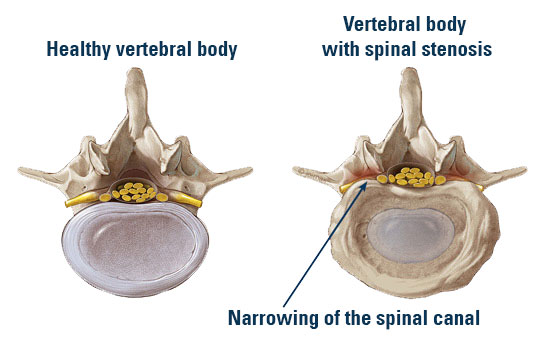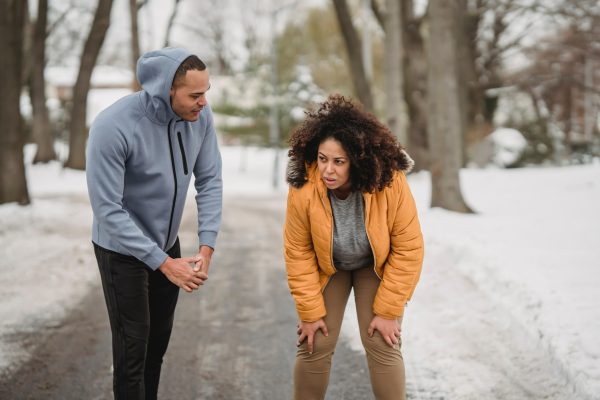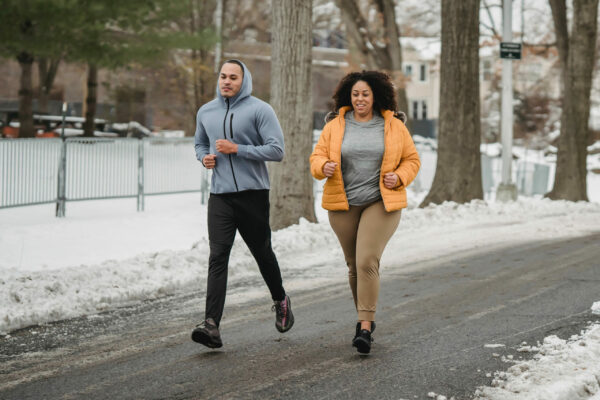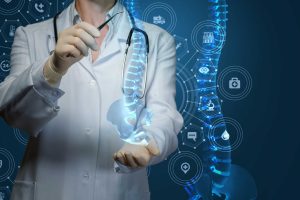Spinal Canal Stenosis
The spinal canal is a complex structure formed by vertebrae, vertebral bodies, intervertebral discs, and ligaments. It serves as a protective tunnel for the spinal cord and acts as a bony shield for the nerve roots exiting the spine. Spinal canal stenosis can be caused by a narrow spinal canal, tight muscles, spinal disc problems, or radiating back pain.
What Causes Spinal Canal Stenosis?
Often, several factors in combination lead to symptomatic spinal stenosis. First of all, genetic predisposition plays a role – the diameter of the spinal canal varies from person to person.
Sometimes the spinal canal is narrow at birth with no known reason. Other congenital causes include a pronounced hollow back, malformation of the spine or spondylolisthesis.


What are the Symptoms of a Spinal Stenosis?
Symptomatic spinal stenosis usually means a significant reduction in quality of life. Sufferers often have severe pain in the lower limbs that worsens when standing and walking.
Pain is usually paired with numbness and in more severe cases, with a power loss in the legs. Sitting down usually brings quick relief, as well as a forward bent posture. Therefore, cycling is often possible, or other activities in which you can keep the bent position.

When Do I Need Surgery for my Spinal Stenosis?
Few patients with spinal stenosis need surgery – most can be helped with conservative therapy such as physiotherapy. Only if symptoms are not getting any better after at least 3 months with these measures, surgery may be considered.
The best results are achieved when individuals are struggling most with their neurological symptoms in the legs. If back pain is the prominent symptom, however, the operation often does not lead to the desired success. In recent years, very gentle, minimally invasive procedures have been developed.

Contact and Clinic Finder
Do you need to find a clinic using the joimax® methods? Feel free to contact us!
Spinal Stenosis Surgery
Discover our innovative minimally invasive treatment for spinal canal stenosis.


